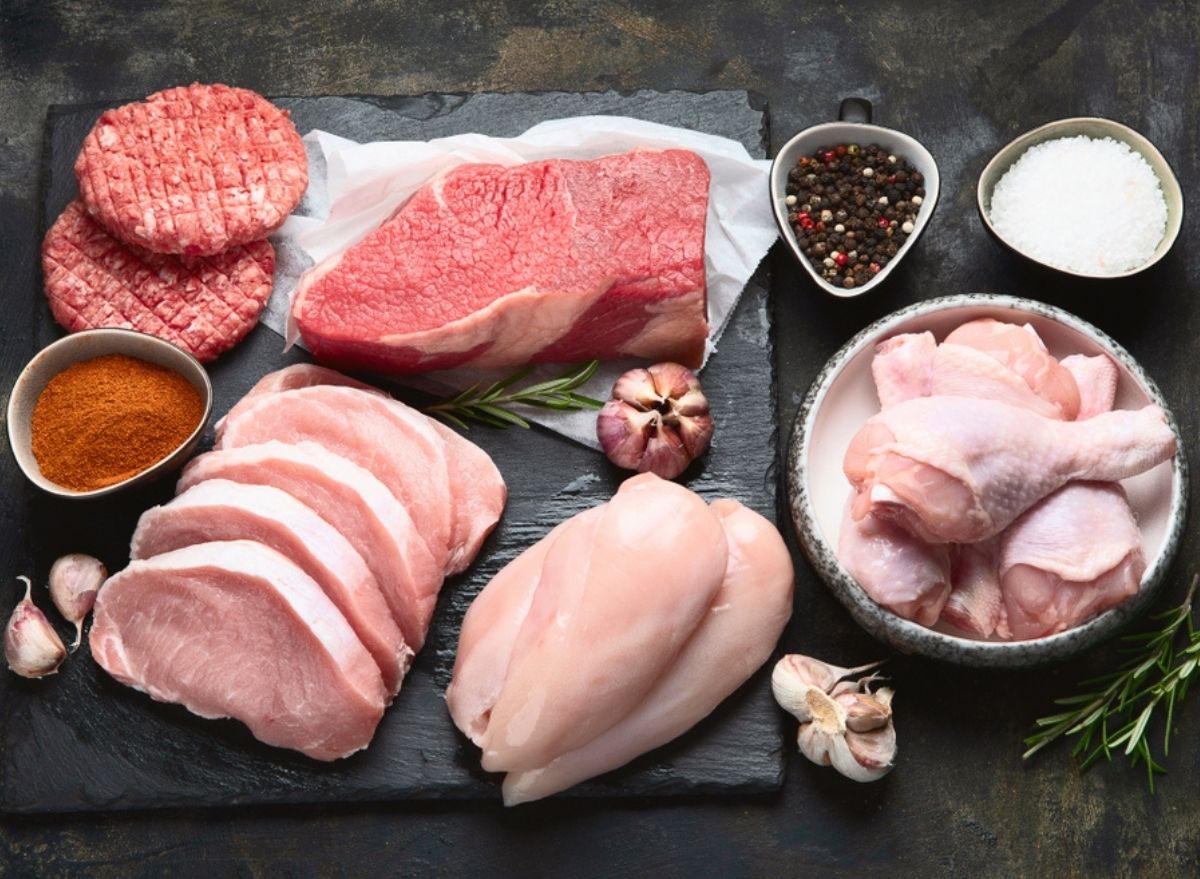- Empty cart.
- Continue Shopping
How to Choose the Right Types of Meat for Protein

Protein is an essential nutrient that plays a crucial role in maintaining and repairing the body’s tissues, supporting immune function, and promoting overall health. Meat is a rich source of high-quality protein, but not all meats are created equal. Choosing the right types of meat for protein is essential to ensure you’re getting the most nutritional benefit from your diet.
1. Consider Lean Cuts
Lean cuts of meat have less fat and more protein per serving compared to fattier cuts. Examples of lean cuts include skinless poultry (chicken and turkey breast), lean beef (such as sirloin or tenderloin), and pork loin. Choosing lean cuts helps you get more protein while keeping your saturated fat intake in check.
2. Opt for White Meat Poultry
White meat poultry, like chicken and turkey breast, is an excellent choice for lean protein. It contains less fat than dark meat and provides a high protein-to-fat ratio. Remove the skin to further reduce fat content.
3. Explore Seafood
Seafood is not only a great source of protein but also provides essential omega-3 fatty acids. Options like salmon, tuna, mackerel, and trout are particularly protein-rich and offer additional health benefits for your heart and brain.
4. Include Lean Pork
Lean cuts of pork, such as pork loin or tenderloin, can be a tasty and protein-packed addition to your diet. Pork is often overlooked, but when prepared correctly, it can be a lean and nutritious choice.
5. Embrace Lean Ground Meat
Ground meats, such as lean ground beef or ground turkey, are versatile options for many recipes. Look for ground meats labeled as “lean” or “extra lean” to ensure you’re getting a higher protein content with less fat.
6. Beware of Processed Meats
Processed meats like sausages, hot dogs, and bacon are typically high in saturated fat and sodium. While they do provide protein, they should be consumed in moderation due to their potential health risks, including an increased risk of certain diseases.
7. Consider Plant-Based Alternatives
For those who prefer plant-based options or want to reduce their meat consumption, there are many plant-based protein sources available, such as tofu, tempeh, seitan, and legumes like lentils, chickpeas, and beans. These alternatives offer protein along with additional dietary benefits like fiber and essential nutrients.
8. Pay Attention to Preparation Methods
How you prepare and cook meat can also affect its nutritional profile. Grilling, baking, broiling, or poaching are healthier cooking methods that help retain the meat’s protein content while minimizing the addition of unhealthy fats. Avoid frying or breading meat, as these methods can add excess calories and fat.
9. Practice Portion Control
While meat is an excellent source of protein, it’s important to practice portion control. A serving of meat is typically about the size of a deck of cards, which is roughly 3-4 ounces. Overeating meat can lead to excessive calorie and fat intake, so be mindful of portion sizes.
10. Balance Your Diet
Protein is essential, but it’s important to balance your diet with a variety of foods from different food groups. Incorporate vegetables, fruits, whole grains, and healthy fats into your meals to ensure a well-rounded and nutritious diet.
In Conclusion, Choosing the right types of meat for protein is a fundamental aspect of maintaining a healthy and balanced diet. Lean cuts of meat, white meat poultry, seafood, and lean pork are excellent sources of protein with lower fat content. Additionally, plant-based protein sources offer a healthy alternative for those looking to reduce their meat intake. By making informed choices and practicing portion control, you can ensure that you’re getting the protein you need while promoting overall health and well-being.








